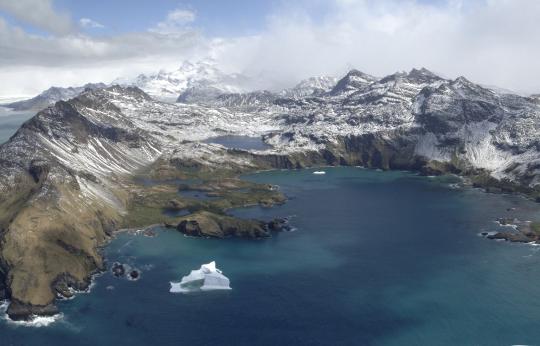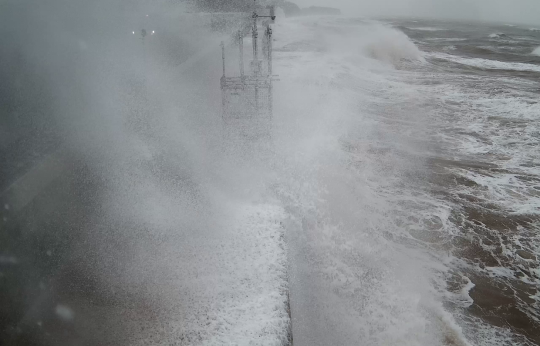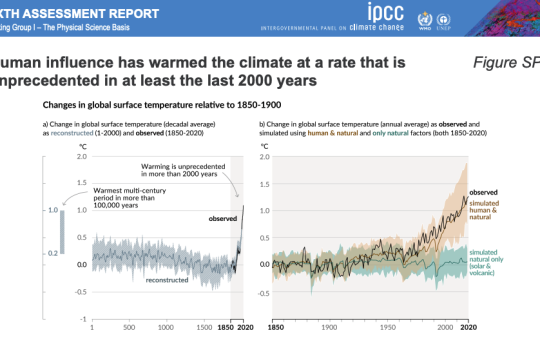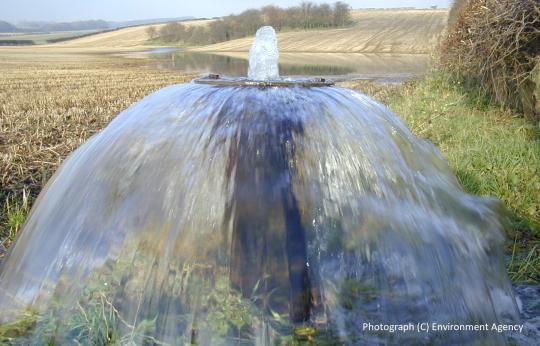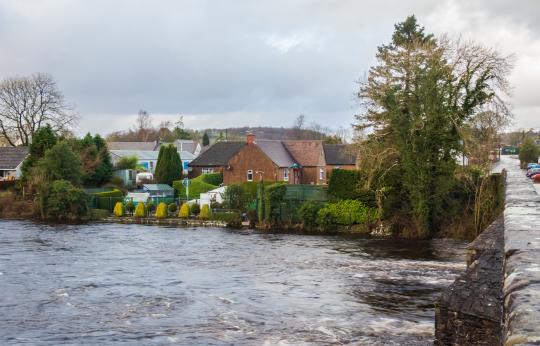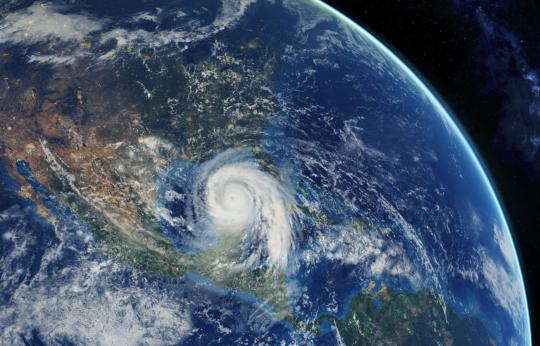A new data portal for the South Georgia and the South Sandwich Islands facilitates the five yearly review and ongoing management of the Marine Protected Area.
Magnetic data from Eskdalemuir Observatory and stored at the National Geoscience Data Centre helps Hungarian researchers evidence a link between lightning strikes and the El Niño Southern Oscillation (ENSO).
A new in-situ coastal monitoring system has been created that sends near real-time data to NERC EDS's British Oceanographic Data Centre. This is then made publicly accessible online on the new 'Coastal Hazard Explorer' app, integrating data from other sources to forecast overtopping events.
Staff from the NERC Environmental Data Service (EDS) have helped make climate data, used by international policymakers, more accessible.
International researchers use digital photographs of geological core from the NGDC to demonstrate the potential of a machine learning algorithm to automatically label core material and obtain geological insights, potentially creating a cost-effective alternative to in-person observations for some applications.
As the coldest, driest, windiest and fastest changing environment on Earth, Antarctica is a fascinating continent that still hides its secrets. For the last 60 years, scientists have explored and strived to better understand the past, present and future of the Antarctic Ice Sheet but also its geological structure.
Open access to geological data enables Environment Agency staff to develop an understanding of how water flows in the subsurface environment, helping to support their statutory function to protect England’s waters and associated environments from pollution risk.
Marine data is increasingly used to support the development of tools and policies which generate societal and economic benefits for the marine sector. The EDS provides users with a rich source of accessible marine data.
Reuse of data made available by the EDS has enabled researchers to build tools to better understand the impacts of climate change on a national scale.
Satellite technologies are an essential part of a modern society. The polar component of the EDS have developed workflows to ingest satellite data to support the production of disruption risk-indicators.
As datasets continue to grow in volume and variety, so does the requirement of our storage infrastructures. The EDS now shares storage capability across the individual data centres for large datasets.
A new NERC-funded digital research platform which enables users with differing skillsets and areas of expertise to work together in an open, transparent and repeatable way to rapidly analyse and visualise a variety of data resources.
